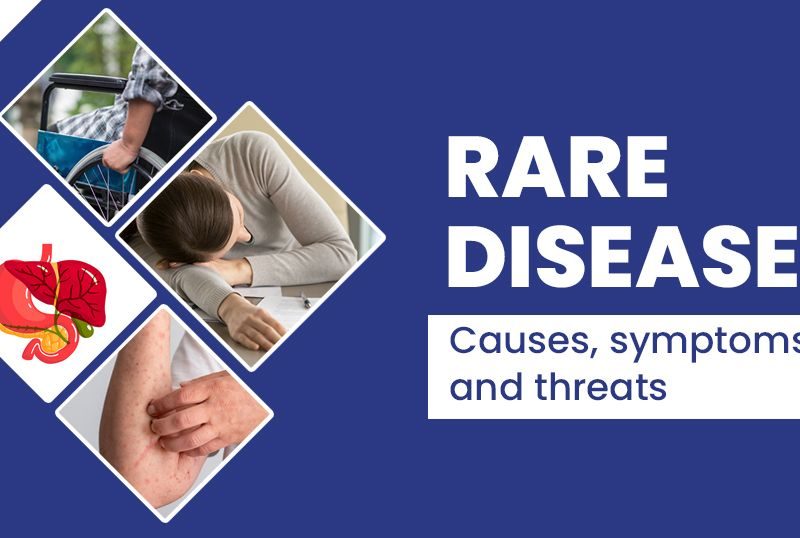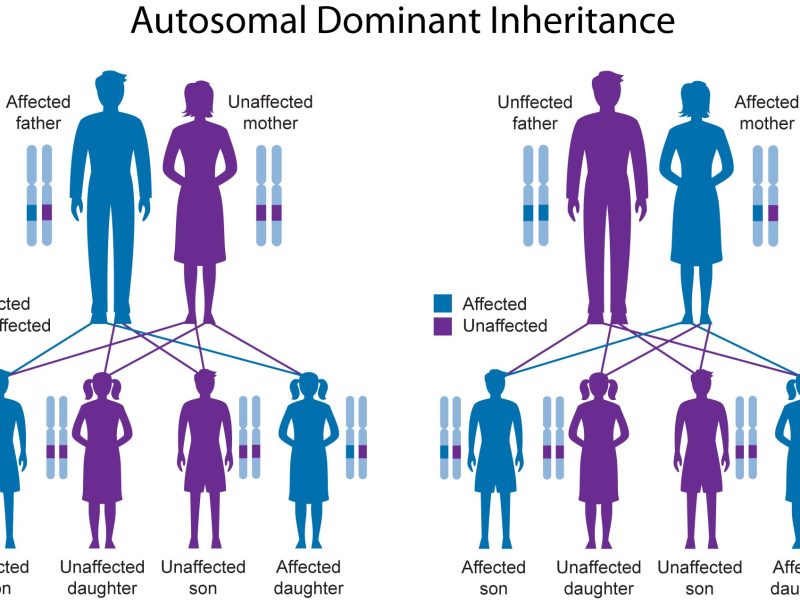Parkinson’s disease – symptoms and treatment options
Parkinson’s disease, which in earlier times was also often known as shaking or tremor paralysis, is a nervous disease. More precisely, nerve cells die slowly in the process. This disease has been around since ancient times.
However, at that time it could not be classified yet. It was not until 1817 that an English physician named James Parkinson described the symptoms and the origin of the disease in more detail. That is why it was named after him.
James Parkinson, however, assumed that it is a damage of the nerves in the area of the cervical spine. This assumption was disproved only in 1960.
Since then, it has been known that Parkinson’s disease is caused by a lack of dopamine. This messenger substance is produced in the brain. Due to the deficiency, numerous nerve cells die in the spinal cord of the affected person.
Parkinson’s disease usually affects older people, but nowadays it can also be diagnosed at an earlier age.
Typical symptoms of Parkinson’s disease
The insidious thing about this disease is that it begins insidiously. This is why it is always recognized only when it is already far advanced. In most cases, symptoms only appear when at least 50 percent of all nerve cells are affected. Initial symptoms may include:
- Painful muscle tension,
- Changes in facial expression,
- Decreasing dexterity,
- Malposition of the body,
- Uncontrollable movements of the arms and legs,
- Slow tremor,
- Progressive restriction of movement.
If the first symptoms of this disease appear, a disease of the musculoskeletal system is suspected. Therefore, most of the patients first consult an orthopedist.
In most cases, however, a patient is only examined for Parkinson’s disease when he or she moves uncontrollably or experiences the tremors typical of the disease.
Symptoms in the advanced stage
If the disease continues to progress, other symptoms may also occur. In some cases, this can manifest itself in the form of insensations to smells, temperature or even pain.
Therefore, a Parkinson’s patient may experience pain that is not present. In another case, however, he may injure himself and feel nothing at all about it.
In addition, problems with balance occur in the advanced stage. The disease is manifested by the fact that the affected person has difficulty standing.
In addition, the gait can change very much. However, there are other symptoms that can be very unpleasant for the affected person. These may include:
- Poor temperature regulation of the body,
- Eating and digestive disorders,
- Fluctuating mood up to depression,
- Sensory delusions and anxiety.
Not every person with Parkinson’s disease has all the symptoms. However, as each individual impairment is already serious, the quality of life of all affected persons can change drastically.
Therapy options for Parkinson’s disease
There are no preventive therapies for Parkinson’s disease. In addition, it is also not possible to reduce the onset of this disease by adopting certain behaviors. Once Parkinson’s disease has occurred, there is no possibility of causal treatment.
The symptoms and also the physical impairments can be treated however very well. In the best case, these can lead to an almost symptom-free life for the patient.
It is sometimes possible to delay the severe course of Parkinson’s disease by several decades. Since most patients do not develop Parkinson’s disease until they are about 60 years old, it is usually possible to avoid very severe progressions.
The drug treatment is usually carried out in the form that the lack of dopamine is compensated. For this purpose, an artificially produced substitute is available.
Alternatively, drugs are administered that stimulate the brain to produce more dopamine. Which method of treatment is used depends on the particular situation of the sufferer.
Before any drug treatment is initiated at all, specialists carry out extensive diagnoses.
Modern therapy options are available
Modern options for the treatment of Parkinson’s disease are now available. In addition to compensating for the lack of dopamine, many unpleasant symptoms of this disease can also be alleviated with medication.
For this, however, the patient must regularly visit a specialized clinic to be adjusted to the correct dose of the medication. Depending on the condition of the patient, there is the possibility to self-administer the necessary medication with a pen.
The therapy is then comparable to that of a diabetic. In addition, there are small electric pumps that inject individual amounts of a drug at specific times.
Another new possibility is deep brain stimulation. For this purpose, a small pulse generator is used, which stimulates certain areas of the brain by means of electrodes.
Such devices are similar in their mode of operation to a pacemaker. This is why they are sometimes called brain pacemakers.
Natural remedies to alleviate the symptoms
People suffering from Parkinson’s disease also like to use natural remedies to get some relief. In this area CBD can be a great help. CBD is a substance that is extracted from the hemp plant.
Almost everyone immediately associates hemp with intoxicants or drugs. But this is THC. THC is also produced from the hemp plant, also known as cannabis. However, this substance has nothing at all to do with CBD.
CBD is a completely legal substance and is therefore freely available in Germany. Such remedies are available at cibdol.de. For external use, various creams are offered that contain CBD.
Drops are available for ingestion. These can lead to calming and pleasant relaxation. Although this does not treat the causes of Parkinson’s disease, it does make patients feel much better.
Despite free availability, it is recommended to talk about it with your specialist or family doctor before using it.
Conclusion
Parkinson’s is an incurable disease. It arises from as yet unexplained causes and can initially progress insidiously. However, there are now therapeutic options for treating the symptoms.


